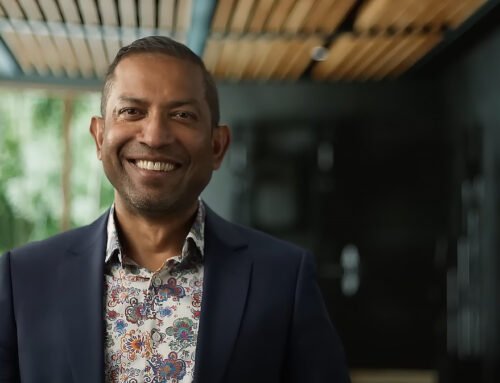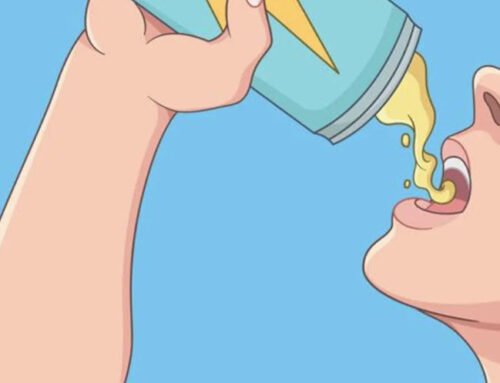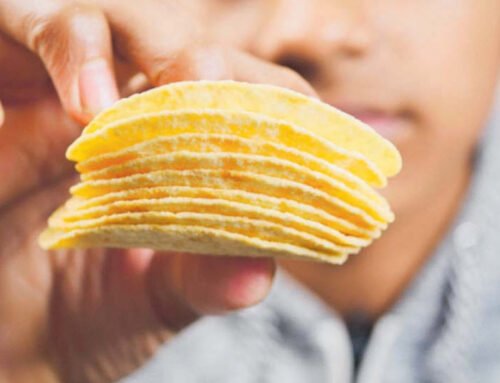Click here to view interview with Dr Shultz (One News, 11/10/2016)
Click here to view post on Massey University site (6/10/2016)
Researchers from Massey University’s College of Health are launching two studies, focusing on understanding how an overweight child moves differently from a child of normal weight. And they’re keen for Kiwi children to help.
Physical activity is an important part of having a healthy life, and is commonly prescribed for managing your weight. But what about the challenges facing overweight children? How can we better understand the physical barriers these children must overcome so they can be physically active?
October 11’s World Obesity Day is a global call for urgent action to end childhood obesity. Child and adolescent obesity has risen rapidly around the world, with few countries taking action to improve health, education and quality of life.
Lead researcher Dr Sarah Shultz from the School of Sport and Exercise says the studies will mean health professionals can better prescribe appropriate exercise to address these challenges.
“We have two studies working on different aspects of this problem. The first is the AquaSport study, which aims to better understand how children move differently in and out of water. Because water allows you to float, the amount of stress applied to muscle and bone is reduced.
“By examining how overweight children move over land and in water, we can better understand how underwater activity could be added to exercise programs as a safe and effective alternative to the more weight-bearing activities on land,” Dr Shultz says.
Testing takes just one session, lasting less than two hours. Children complete a set of stationary activities in water and on land, to record their motion. Participants receive $20 in activity vouchers for their time.
The second piece of research is the Gait Transition study. “We want to find out what factors contribute to a child’s ability to change speeds from walking to running. Playground activities and sports often require a child to move between walking and running. If we can identify factors that make these transitions difficult, then we may better understand why overweight children are not physically active,” Dr Shultz says.
There are three visits required for the gait transition study, each lasting 2-3 hours. Children walk and run at different speeds on a treadmill while motion and muscle activation are recorded. They receive $30 in activity vouchers for their time.
Both studies require children from the wider Wellington region.
If you want to learn more about either the AquaSport or Gait Transition studies, please contact Dr Sarah Shultz:
04 979 3496









